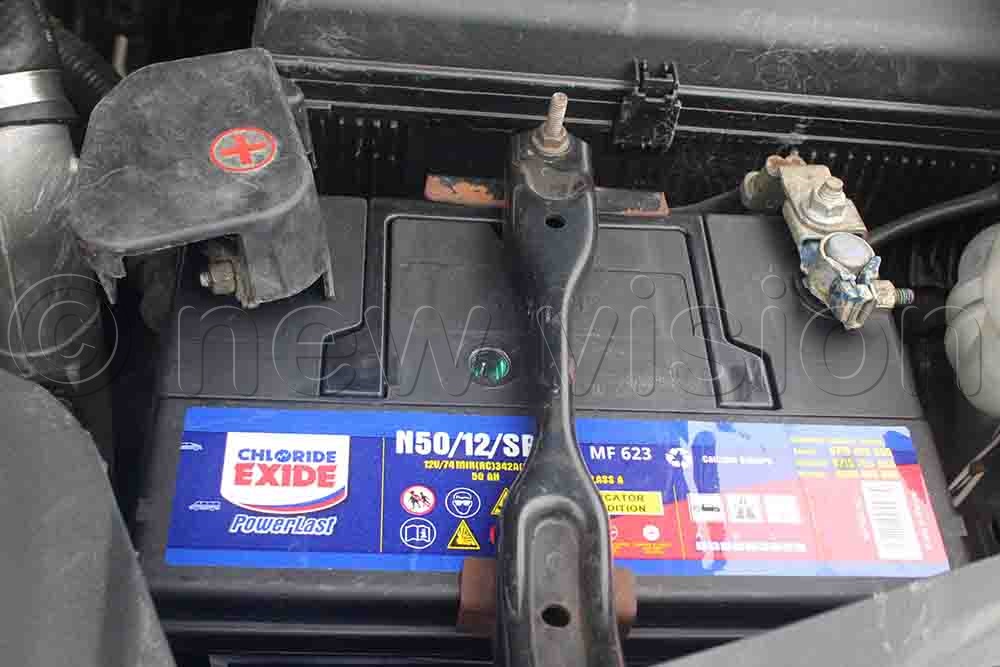Does A New Car Battery Need To Be Charged

The question of whether a new car battery needs to be charged before installation is a common one, often debated in garages and online forums alike. The short answer is: it depends. While modern batteries are typically shipped charged, understanding the nuances behind battery manufacturing, storage, and application is crucial for maximizing battery life and ensuring optimal vehicle performance. Let's delve into the specifics.
The Manufacturing Process and Initial Charge
Most new car batteries, particularly those of the Absorbent Glass Mat (AGM) and Enhanced Flooded Battery (EFB) types commonly found in newer vehicles with start-stop systems, undergo a charging process at the factory. This initial charge aims to bring the battery to a state where it can be immediately installed and function effectively. Manufacturers typically test the battery's voltage and cold cranking amps (CCA) to ensure it meets specifications before it leaves the factory floor. A battery sitting at or above 12.6 volts is generally considered to be fully charged.
However, between the factory and your vehicle, several factors can affect the battery's state of charge. These include:
- Storage Time: Batteries self-discharge over time. The rate of self-discharge depends on the battery type, ambient temperature, and storage conditions. A battery sitting on a shelf for several months, especially in hot environments, will naturally lose some of its charge.
- Shipping and Handling: Rough handling during shipping can sometimes cause minor internal damage that accelerates self-discharge.
- Quality Control Variations: While manufacturers strive for consistency, slight variations in the manufacturing process can lead to differences in the initial charge and self-discharge rates between individual batteries.
Testing the Battery Before Installation
Before installing a new battery, it's always a good practice to test its voltage using a digital multimeter. A healthy new battery should ideally read 12.6 volts or higher. If the voltage is significantly lower (e.g., below 12.4 volts), it indicates that the battery has lost some charge and could benefit from a top-up charge.
Furthermore, a more sophisticated battery tester can measure the battery's internal resistance and state of health (SOH). High internal resistance often indicates sulfation – the formation of lead sulfate crystals on the battery plates, which reduces the battery's ability to hold a charge. A low SOH indicates reduced capacity, even if the voltage appears acceptable.
When is Charging Necessary?
In the following scenarios, charging a new battery before installation is highly recommended:
- Low Voltage Reading: As mentioned earlier, if the open-circuit voltage is below 12.4 volts.
- Prolonged Storage: If the battery has been sitting on a shelf for an extended period (e.g., more than six months), even if the voltage is marginally acceptable.
- Suspected Damage: If the battery shows signs of physical damage (e.g., bulging case, cracked terminals). While these batteries should ideally not be installed, charging can help diagnose further issues.
- Vehicle with High Electrical Load: If the battery is intended for a vehicle with a high electrical load (e.g., due to aftermarket accessories, complex infotainment systems), ensuring a full charge upfront can prevent early strain on the alternator.
Using a smart battery charger specifically designed for automotive batteries is crucial. These chargers automatically adjust the charging voltage and current based on the battery's state of charge, preventing overcharging and potential damage. Avoid using older, unregulated chargers that can easily damage modern battery types.
Consequences of Installing a Partially Discharged Battery
Installing a new battery that is not fully charged can lead to several problems:
- Reduced Battery Life: A partially discharged battery is more susceptible to sulfation, which shortens its lifespan.
- Increased Strain on the Alternator: The alternator will have to work harder to recharge the battery, potentially leading to premature alternator failure.
- Potential Starting Issues: In cold weather, a partially discharged battery may not have enough cranking power to start the engine.
- Problems with Start-Stop Systems: Vehicles equipped with start-stop systems rely on a fully charged battery for proper operation. A partially discharged battery can cause the system to malfunction.
Conclusion
While many new car batteries come pre-charged, verifying their voltage and considering factors like storage time and vehicle demands is essential. Taking the extra step of charging a new battery before installation, especially if the voltage is low, can significantly improve its performance, extend its lifespan, and prevent potential problems down the road. Always use a suitable smart charger and follow the manufacturer's instructions for optimal results. Remember, a little preventative maintenance can save you a lot of headaches and money in the long run when dealing with automotive electrical systems.
